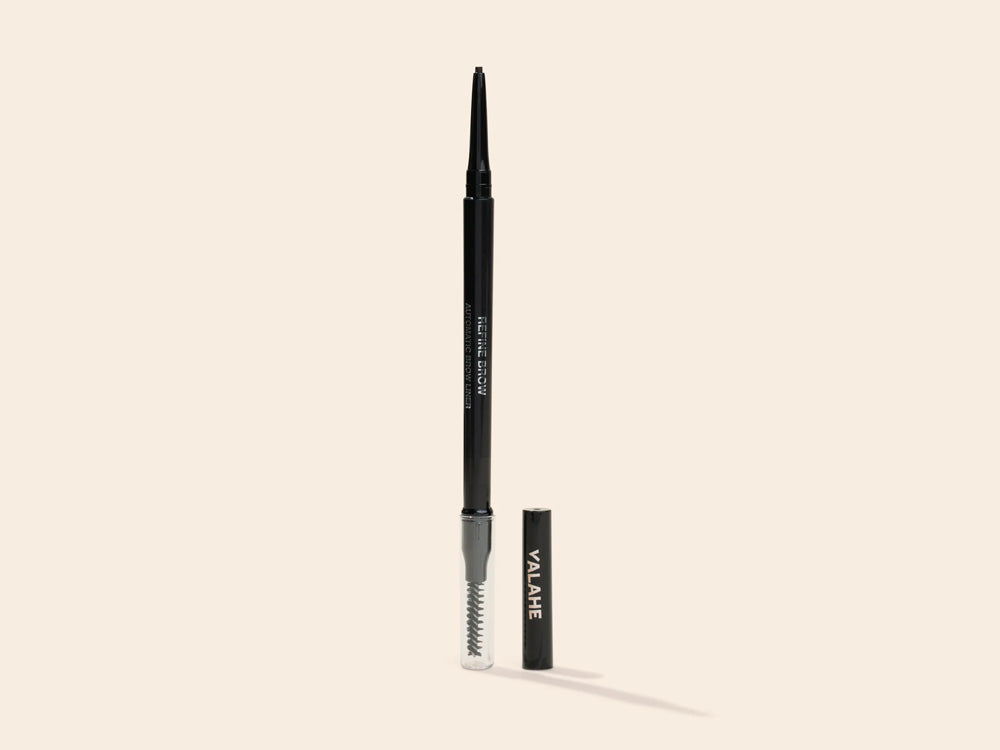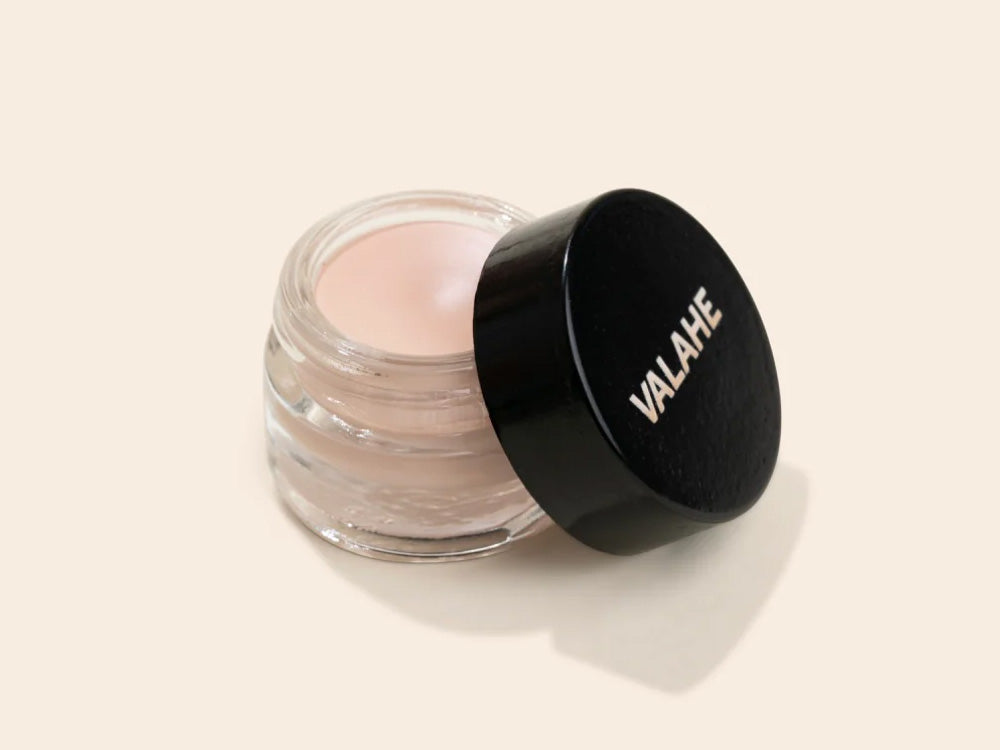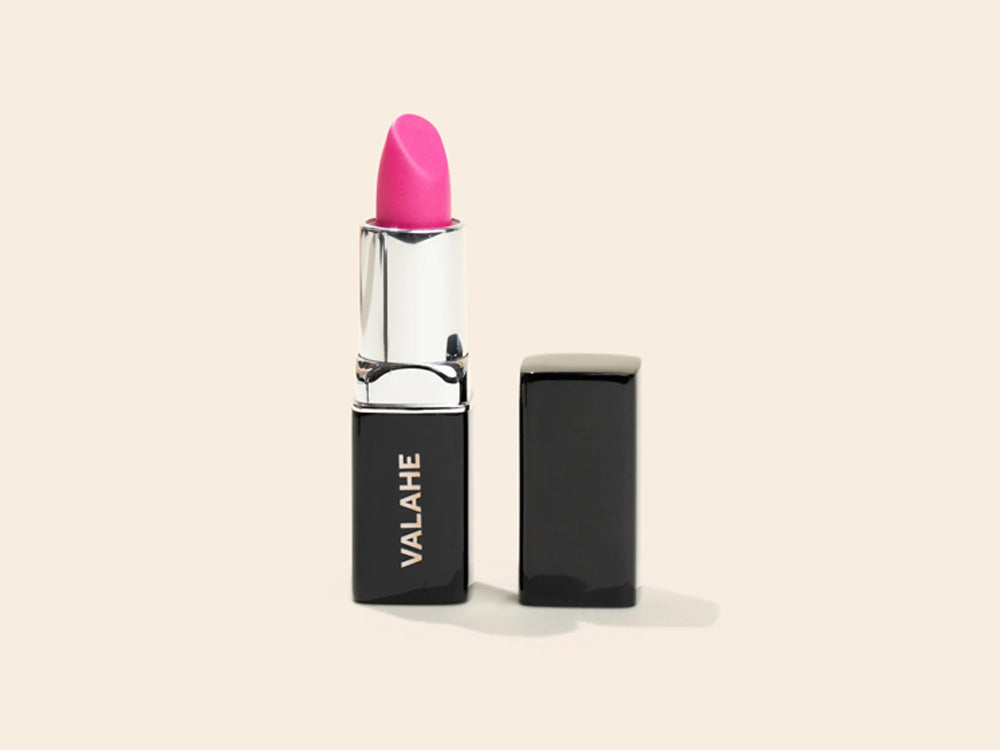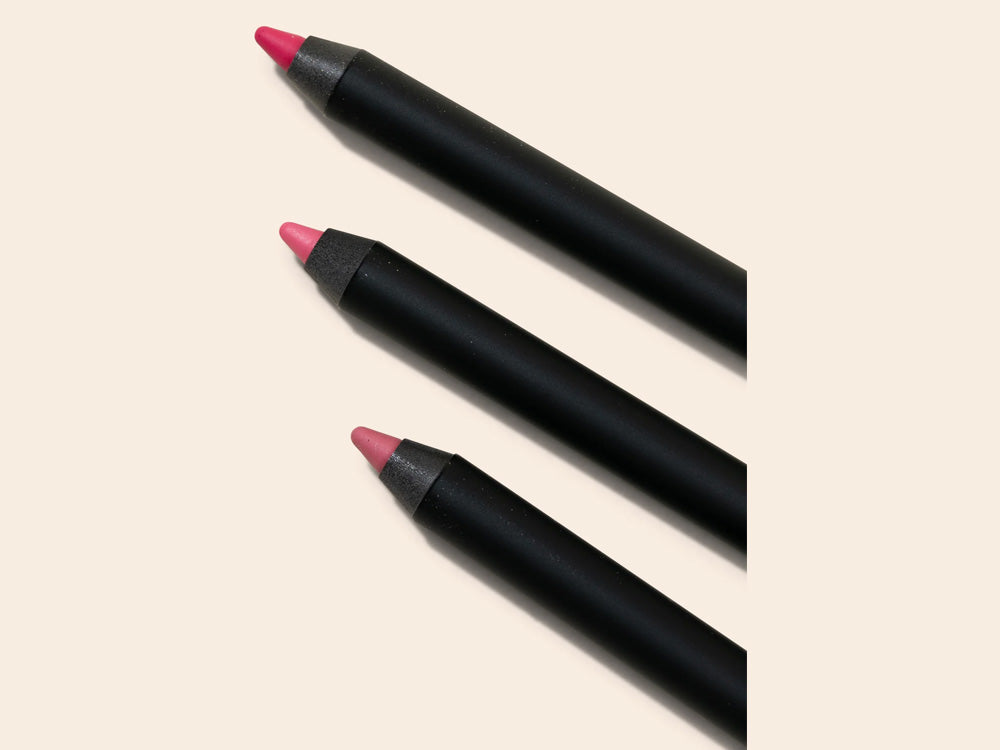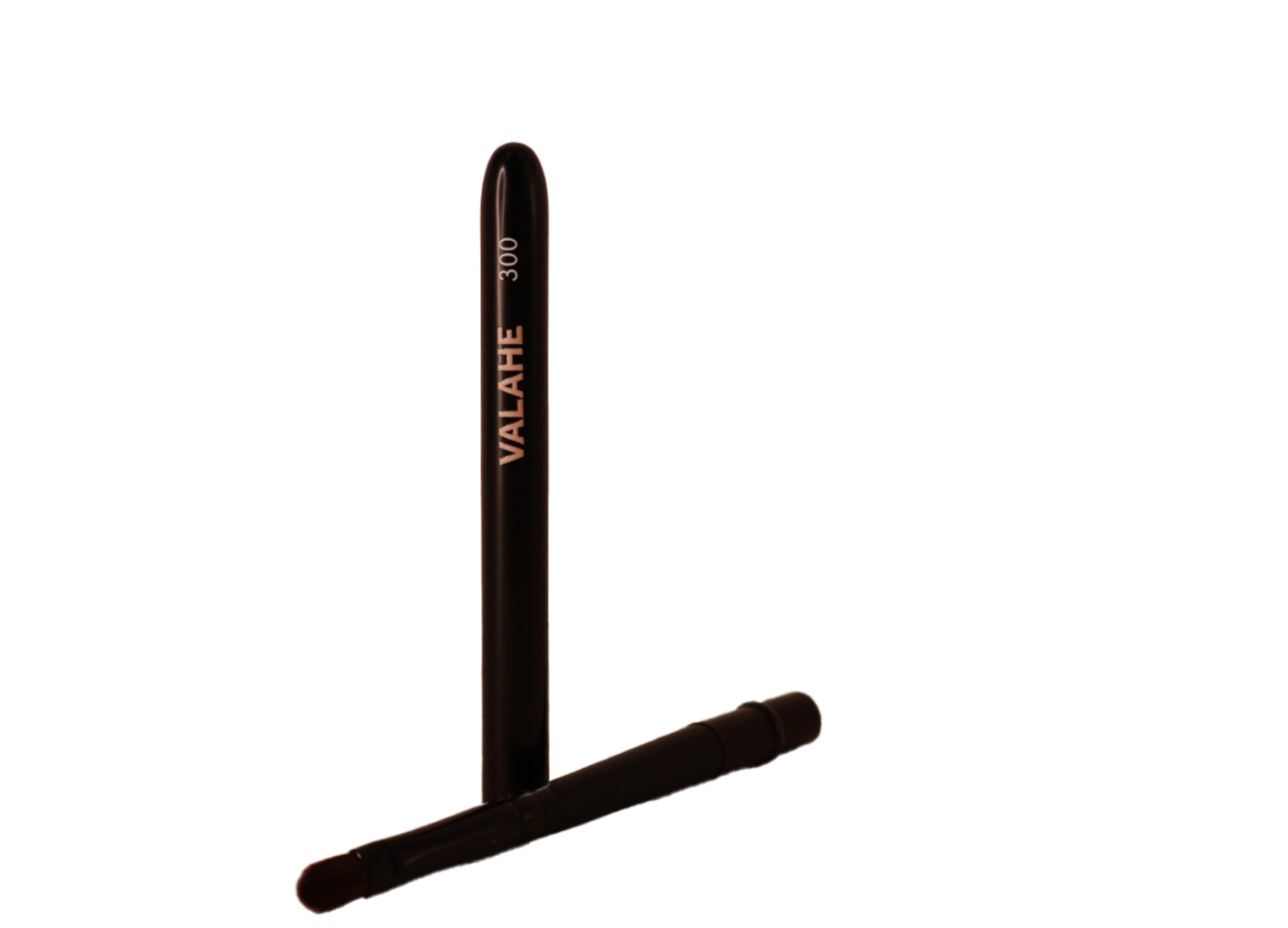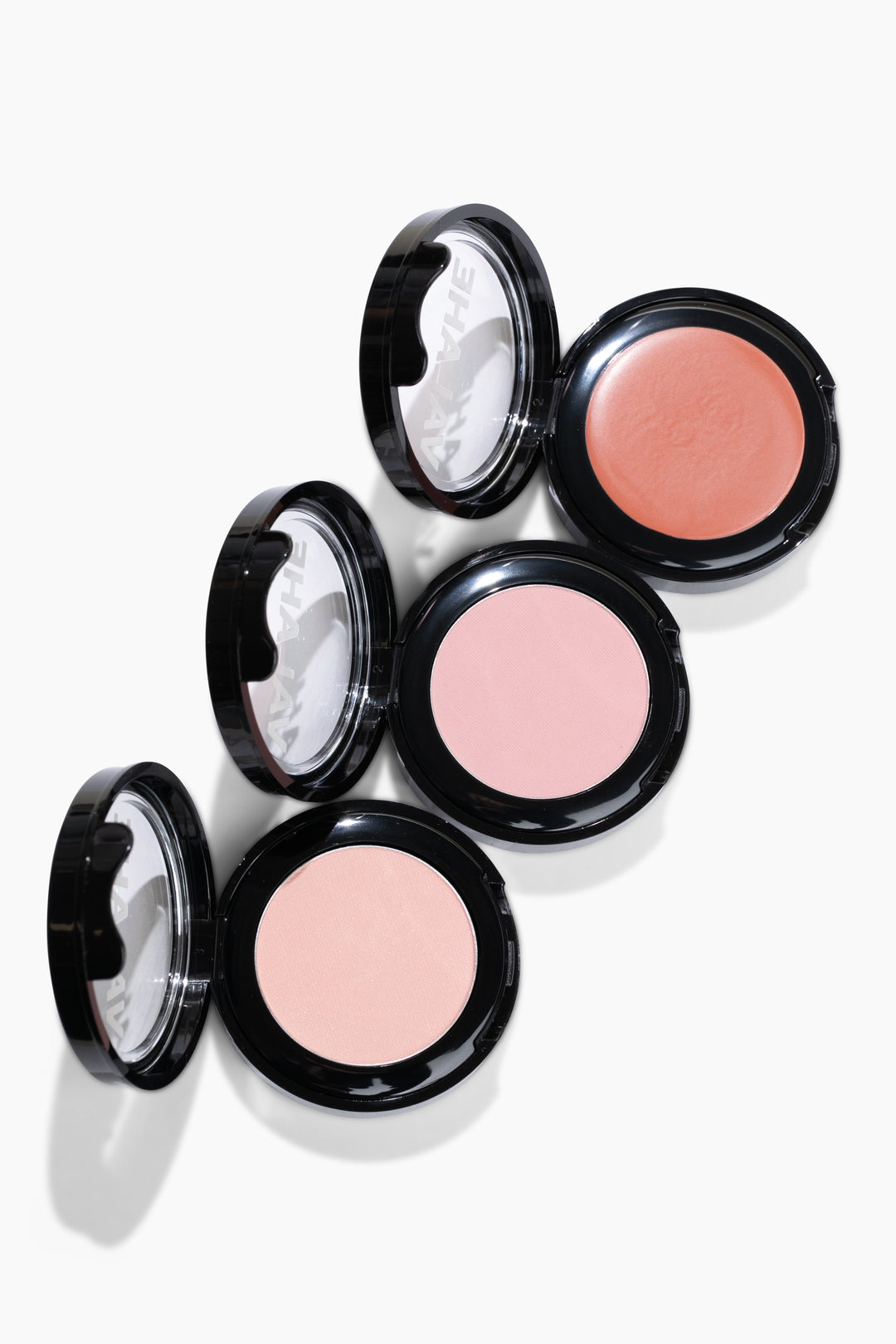How to Treat Chemical Burns on the Face from Skincare Products
Chemical Burn is a skin damage that occurs after using any strong acid-based components on the skin or even any type of allergies leading to irritation, blisters and pain.The cornerstone of contemporary beauty routines now is skincare regimens.
In the plethora of cosmetic products available in the commercial market, it is important to understand the unique requirements of the skin and the ingredients consumers use on it. In that way, an acute care required to avoid unintentionally causing chemical burns to the face skin. For those who aim for flawless skin, in particular, healing these chemical burns might be challenging. Hence is the reason choosing the appropriate skincare products has become more important.
On this, Valahe is dedicated to ensure customer safety and conducts in-depth research to provide products free of dangerous substances.
Chemical burns can occur anywhere under many circumstances; hence awareness is required to treat them. This article gives a brief insight into the basic understanding of chemical burns and a few tips to deal with them instantly.
What is a chemical burn?
An effective skincare requires exact knowledge of the chemical reaction producing the burn to the face skin. Understanding our skin first plays its role, it is made up of two layers: the dermis and the epidermis, or outer layer. Many times, skin irritation, redness, discomfort, or peeling precede chemical burns. It initially affects the skin's surface layer, which irritates or hurts for short while. Blisters and scars, however, happens only when the chemical reaction gets into the second layer. In more serious situations, the corrosive response might reach deep tissues, in which case quick medical attention is necessary for further treatment.
Chemical Burn Causes:
For a number of reasons, chemical burns on the face, hair, and eyes may occur, especially during skincare regimen. Many people employ concentrated cosmetics and routine exfoliation as two of the many ways they try to get perfect skin, without really understanding the effects. In which,the use of acid based cosmetic concentration AHAs and BHAs on your face skin should always be done carefully and avoid leaving them on your skin for extended periods of time as well. In a same vein, the routine use of salicylic and retinol without understanding their procedure may run the danger of hurting the skin. Consequently, improper usage of these skin-healing substances may turn them into a curse.
Chemical Burn Treatment Alternatives
Relax the muscles in your face: First, to get rid of any last traces of chemicals, thoroughly wash the afflicted region with cold water. Till the redness goes down, keep washing your face with cool water two or three times.
Break Up the Skincare Focus: Use with caution any skin care products containing retinol or salicylic acid, since these substances might make skin damage worse. It is safer to schedule time for the basic skincare routines, like cleansing, toning, and sunscreen application.
Soothe your skin: This is the time to provide your skin with some much-needed rest. Apply natural aloe vera or liquorice root gel; both are known to have therapeutic properties.
Reconstruction of the Skin: When petroleum jelly is deemed safe, applying it to the skin might eventually promote healing. Besides, this makes up for the skin's moisture loss brought on by the chemical burn. Using the proper sunscreen throughout the healing phase is also crucial to shield the skin from any harm.
Face Mask: These are generally more beneficial to the healing process. These masks work well to quickly increase the moisture content of your skin. It thereby enhances the absorption of moisture and lessens the signs of a chemical burning. Before buying anything, it is advised to see a dermatologist to encourage healthy skin.
Talk to the doctor: Though there are many remedies for chemical burns, it is advised to see a dermatologist for a more thorough treatment.
Possible reason of a chemical burn:
If it happens right away after applying skincare items, the products might be the problem. Since they might have a big influence on the outcome, we should consider other factors such environmental exposures or underlying skin disorders. Avoiding long-term consequences with severe burns requires getting medical treatment.
Key Takeaway:
- It is logical to choose goods that include natural, fragrance-free ingredients.
- To know the product well, go over the component list.
- Before routinely utilizing the product, patch test it. While looking for the ideal product for your skin, it is always best on trial-and-error method.
- Start with little amounts of the product on the skin and work your way up.
- Even indoors, use sunscreen with at least SPF 15 to help in healing process
Suggestion of products:
A paraffin-free treatment called Valahe Cucumber Tonner works well to remove dirt and relax facial muscles. The part with cucumber hydrates the skin right away.
Valahe Heal & Conceal The ingredient Tea tree oil works wonders for healing wounds because of its strong antibacterial and antiseptic qualities. Vitamins E and C are also included, which soothe the skin by acting as antioxidants and anti-inflammatory substances. The vitamin B complex in this lotion improves skin tone all over.
To Conclude:The finest skincare results come from knowing your skin and commercial products. A skin tone that gives vitality and health needs a careful balancing act of product knowledge and application. This ensures you steer clear of any suffering that might arise from choosing poorly or using things improperly.
FAQ:
1. How do skincare face masks work?
A face mask is one of the components of a skincare routine. They form a film-like shield to lock in the moisture on the skin. This also helps soothe the skin by hydrating it.
2. When to use face masks in skincare routine?
Face masks are used after cleansing and toning in the skin care routine. You can use them once or twice a week. Not more than that, because it makes the skin vulnerable to getting damaged soon.
3. How to skincare your face?
Skincare on face is a simple process to just follow the fundamental rule of cleansing, toning, and moisturizing regularly twice a day, morning and night.
4. Can skincare ruin your face?
Skin care routines can ruin the skin when the skin is exfoliated often or by using harsh chemicals on the skin.
5. Can skincare make your face red?
Indeed, when skincare products with AHE and BHE’s or retinol and salicylic acids are used in excess or without the proper knowledge of them in the skincare routine. So, it is best to use them in small quantities.
6. Can you use face skincare on body?
Yes, you can use any skincare products, even those containing retinol and salicylic acids, on your body. However, the effect on the face would be greater than that on the body, as the skin structure differs from face to body.
7. Are skincare face masks safe for kids?
Face masks are meant for adult skin. It may not be a favourable choice for kids, as their skin is more sensitive than that of adults.
8. Are skincare face masks reusable?
Face mask contains active ingredients for hydrating and soothing the skin that cannot be used again.
9. How to apply face skincare?
Skin care routines can start with cleaning, moisturizing, and sunscreen application, after which serum and other treatment oils can be beneficial.
10. How long does it take to get better after getting a chemical burn?
Chemical burns take time, according to their severity. If the burn is too dense, it takes a longer time. In such cases, it is safe to get medical aid to avoid permanent scarring.



